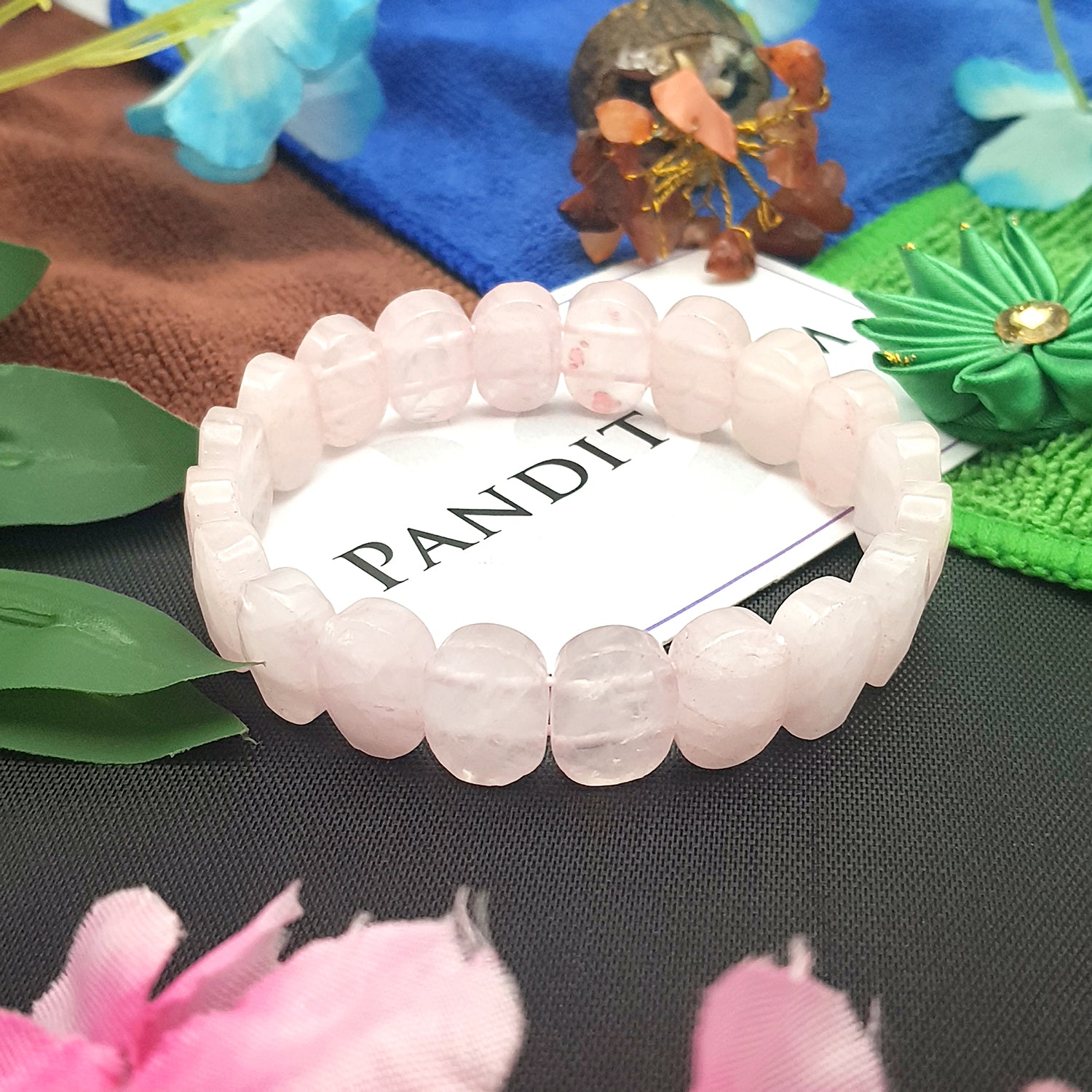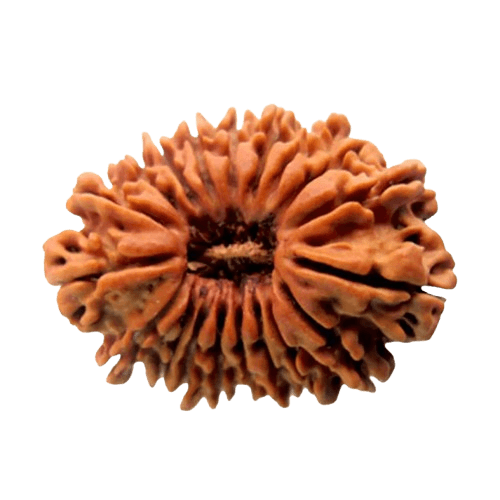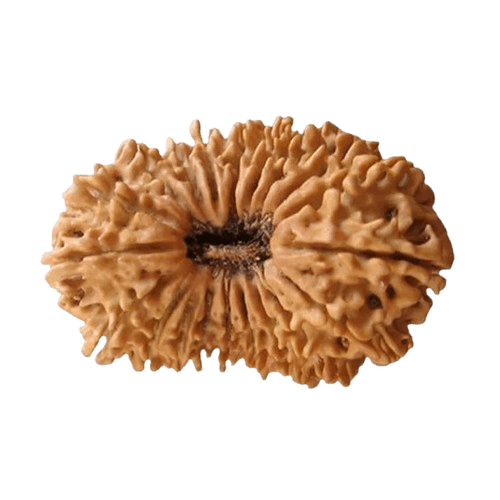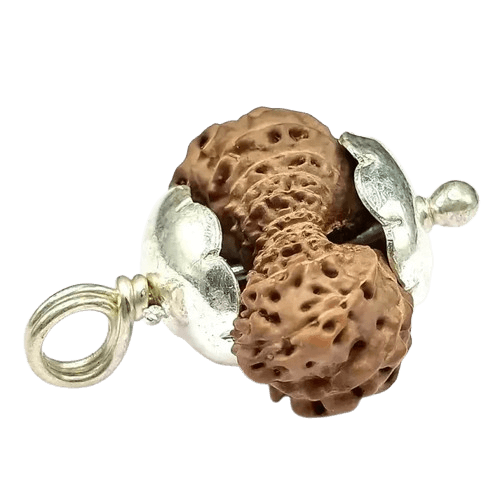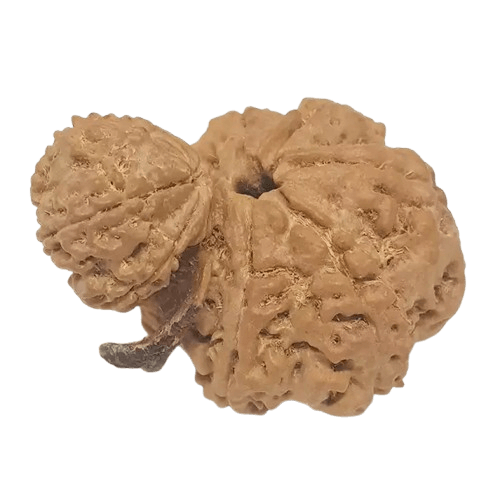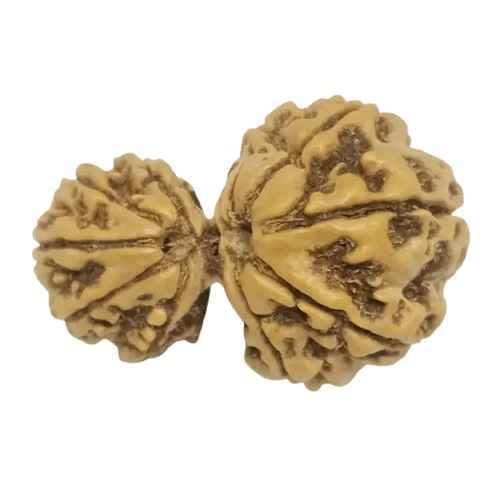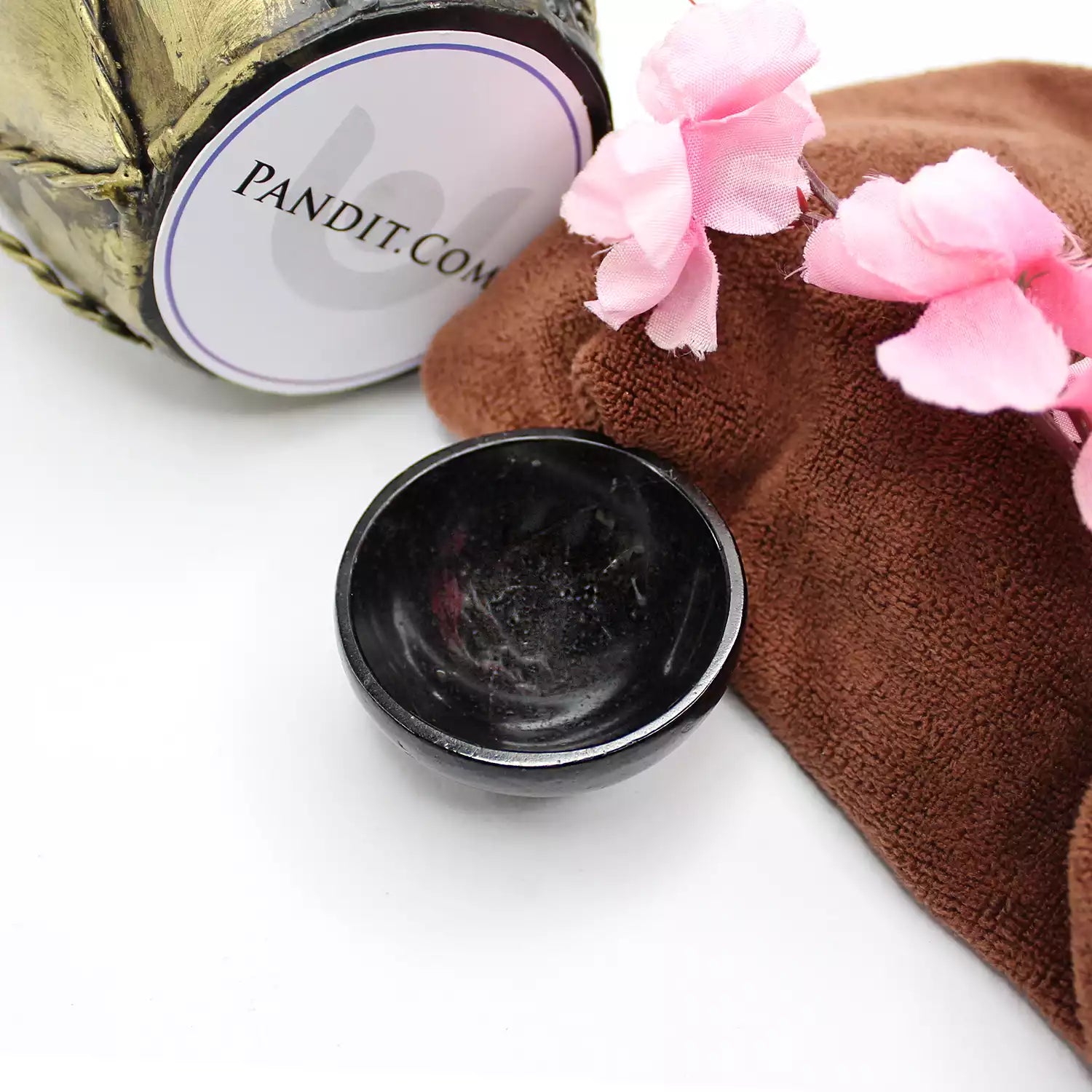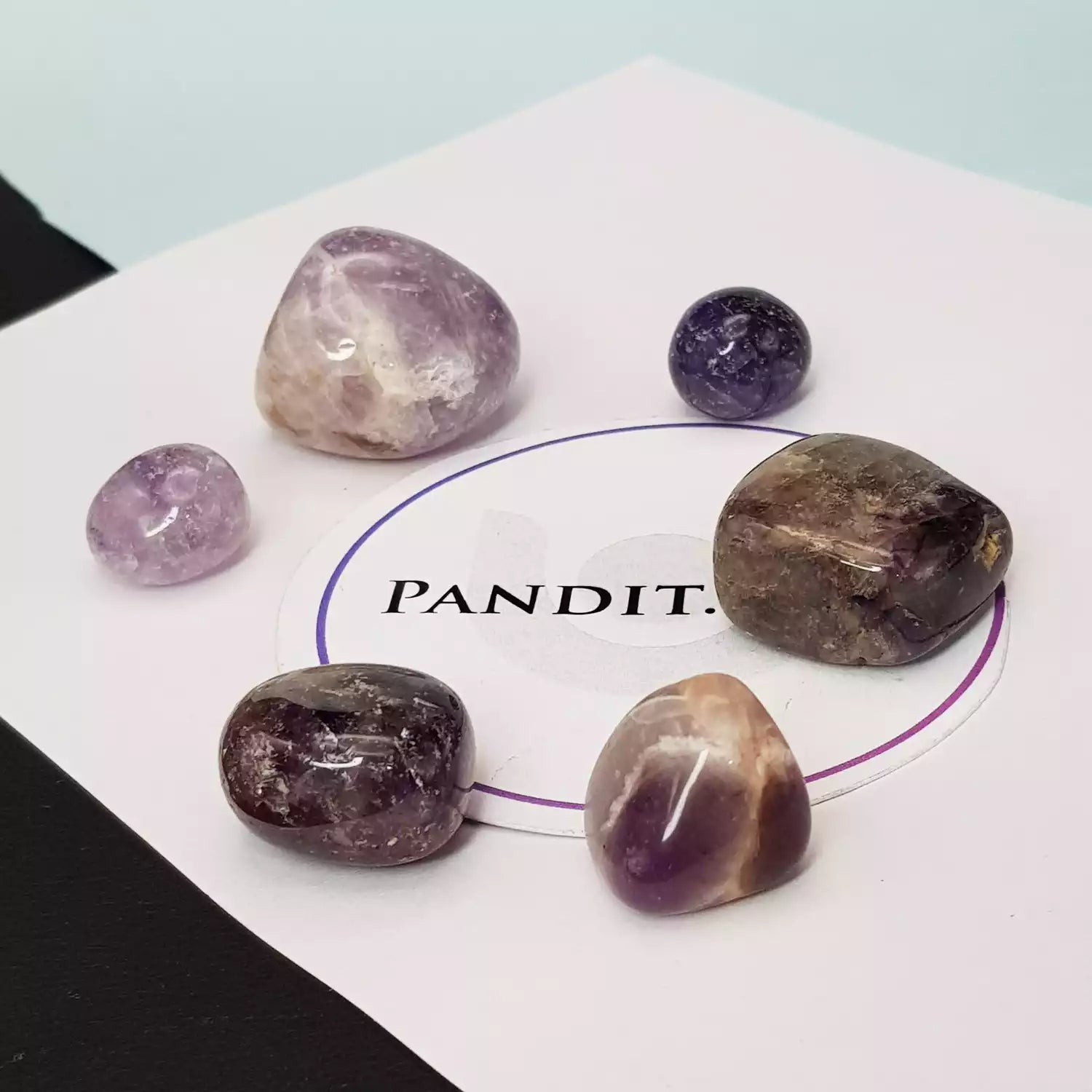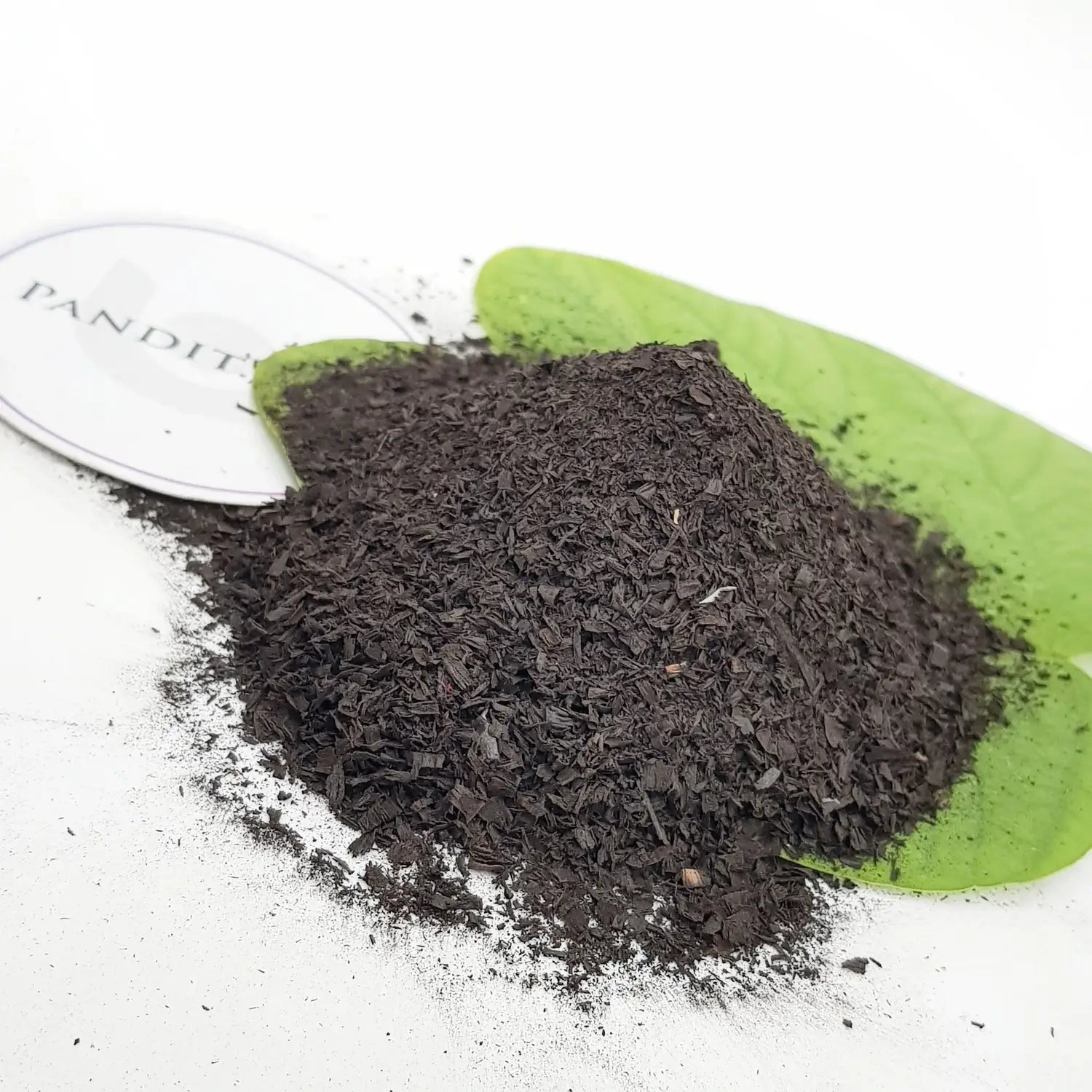Shravan Vrats, dedicated to Lord Shiva, have always been observed with a great religious and sacred importance in the fifth month of the solar year. Marked by devoted fasting, various holy rituals and great spirituality, Hindu devotees pay their respects to the divine Mahadeva, hoping to fulfill all their desires with his blessings.
In this blog we will explore the essence of Sawan fasts giving you insights into the ideal diet for fasting, things to avoid from consumption, detailed Puja vidhi and udyapan. Additionally there is a step-by-step guide on Shravan Somwar Udyapan Vidhi, ensuring your practice is both fulfilling and meaningful.
What to Eat During the Shravan Vrats?

The ‘Falahari Vrat’ is an active way to keep away from all the harmful foods, which not only affects the body physically, but is also a distraction to the mind and soul. To keep up with the enhancement of the fasts, it is suggested to eat fruits, dry fruits, paneer, ghee, milk products, potato, sabudana and Kuttu Aata. Additionally, a person keeping Vrats can also eat Makhana (fox nuts), suran and ratalu, samak rice, rajgira and vegetables such as lauki, cucumber, pumpkin, lemon, ginger, tomatoes and carrots. You can also eat cumin seeds,red chilli, dried raw mango powder, mishro (rock sugar) and sendha namak (pink salt).
Things to Avoid while Shravan Falahari Vrat

Although human eating habits are inclined towards cravings for food, we recommend sticking to the above mentioned list of products to be consumed during the sacred Vrats. There are some items that are not satvik, such as all sorts of meat, eggs, garlic, onions, brinjal, mushroom, cabbage, cauliflower, mushroom, mong, rajma, daals, and flour such as wheat, rice and corn must be avoided. Certain spices including mustard seeds, asafoetida, fenugreek seeds, turmeric salt and garam masala should be avoided. Apart from this tobacco and alcohol should be strictly avoided.
Puja Vidhi (Rituals) for Shravan Somvar Vrat

Individuals who are in their complete spiritual state of mind should wake up during the Bharma Muhurat, take bath, wear clean clothes and clean the Puja altar (mandir) in their house. Purify the house with Gangajal, take Sankalpa to observe the fast and perform Abhishek ritual on the shivalinga. It is believed that the Mahadeva accepts even the simplest of the offerings such as aak flowers, bel leaves and datura from his true followers. You can also offer bhasma, sandal paste, lotus flowers and rudraksha beads during the prayers.
Individuals can chant the below mentioned mantras silently in the mind or using a rudraksha mala. Chanting can be done at a specific time and with a particular number of counts (108 times) in the morning or in the evening. You may chant any of the mantras given below.
Om Namah Shivaya:
ॐ नमः शिवाय
Mahamrityunjaya Mantra:
ॐ हौं जूं सः ॐ भूर्भुवः स्वः
ॐ त्र्यम्बकं यजामहे सुगन्धिं पुष्टिवर्धनम्
उर्वारुकमिव बन्धनान्मृ त्योर्मुक्षीय मामृतात्
ॐ स्वः भुवः भूः ॐ सः जूं हौं ॐ।
ॐ जूं स माम् पालय पालय स: जूं ॐ।
Rudra Gayatri Mantra:
ॐ तत्पुरुषाय विद्महे महादेवाय धीमहि तन्नो रुद्र: प्रचोदयात।
Shrawan Somwar Udyapan Vidhi

The month of Sawan ends with the celebration of Raksha Bandhan which is the day of Shravan Purnima. Therefore many people end the Shravan Somvar Vrat (last Monday fast) with Udyapan followed by proper rituals.
After waking up early in the morning and completing your day’s tasks, take a bath and wear clean clothes. Purify the place of puja or your mandir at home with Gangajal. Next, create a square pavilion at the worship place using four banana pillars and decorate it with flowers. Arrange all required materials such as statue of Shiva and Parvati, wooden board or post, cotton (for wick), panchamrit, small cardamom, clove, garland, betel, kumkum and sit facing the east direction.
Begin by purifying yourself and reciting the Om Namah Shivaya mantra. Then cleanse the worship materials and the seat while sprinkling the jal and reciting the mantra. Apply a tilak of sandalwood, roli and rice to the idol of the God and offer flowers, garlands and Panchamrit. Later go to the Shiva temple and pour water, milk, curd, honey and ghee on the Shivling. To fulfill your wishes, you can add sesame seeds and 11 pots of water on the Shivling.
After performing the puja in this manner, have your meal, keeping in mind that on the day of Udayapan, you should eat only once and sleep on the floor. Performing this complete ritual with immense dedication will help you achieve the desired goals in life, along with a great sense of peace of mind and soul.



